Jellyfish are equal parts mesmerizing and terrifying. Beneath their translucent beauty lies a deadly secret—some species can unleash venom capable of causing excruciating pain, paralysis, or even death. From tiny assassins to massive stingers, these ten jellyfish are proof that the ocean is as dangerous as it is fascinating.
1. Box Jellyfish (Chironex fleckeri)
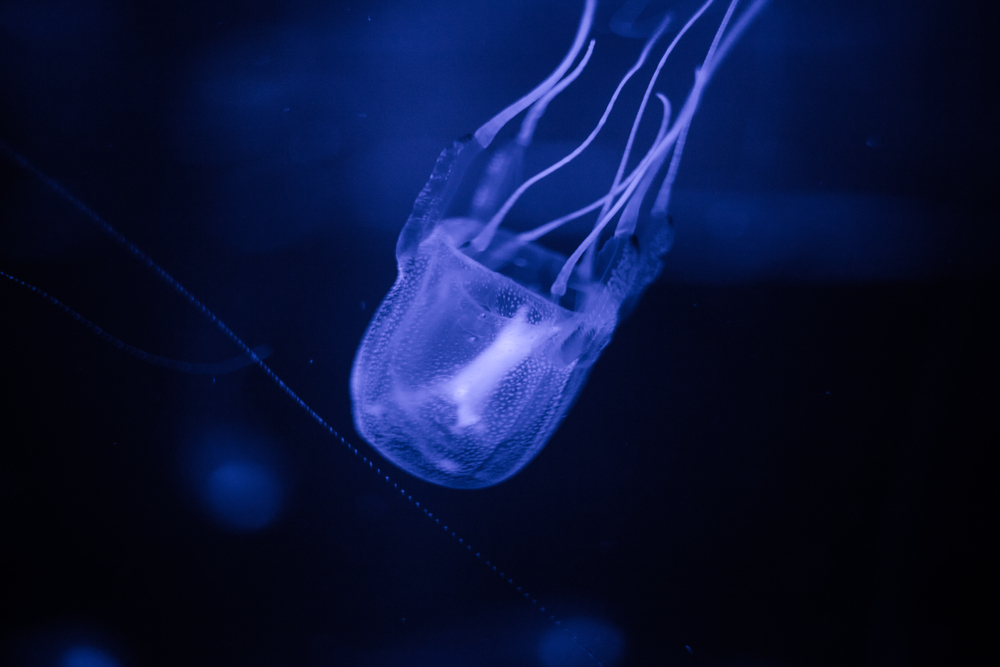
Topping the list is the infamous box jellyfish, found in the waters of Australia and Southeast Asia. Its venom is so potent that it can cause cardiac arrest within minutes. Known for its cube-shaped bell and long, ribbon-like tentacles, this jellyfish delivers a sting that’s both excruciating and potentially fatal. Immediate treatment with vinegar and antivenom is often the only way to survive an encounter with this oceanic nightmare.
2. Irukandji Jellyfish (Carukia barnesi)
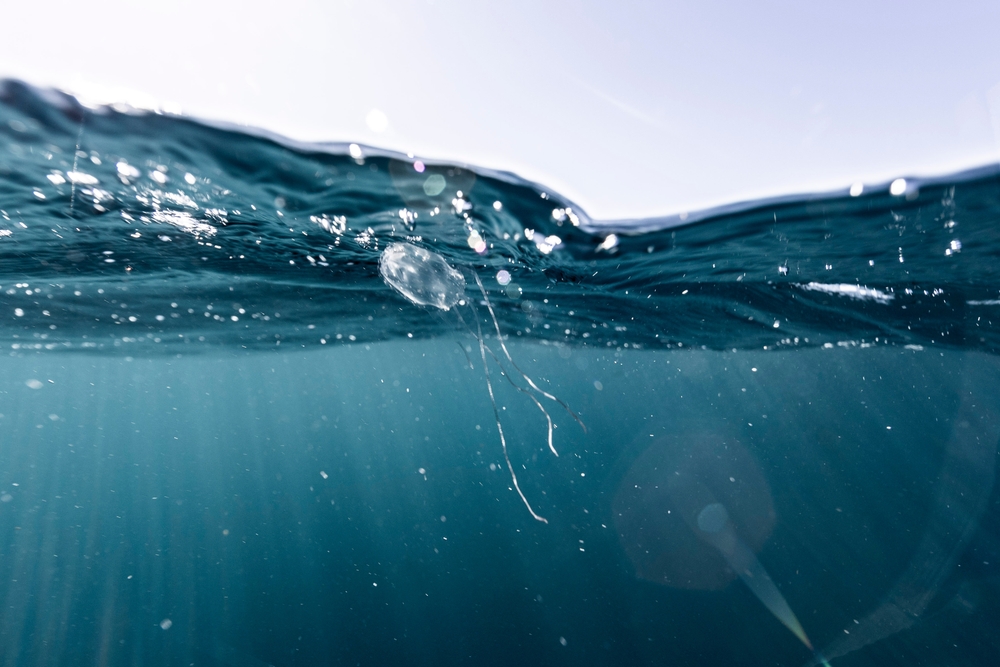
Tiny but deadly, the Irukandji jellyfish is roughly the size of a fingernail, but its sting packs a punch. Found off the coasts of northern Australia, its venom causes “Irukandji syndrome,” which includes intense pain, vomiting, and a rapid rise in blood pressure. Without immediate medical attention, its sting can lead to fatal complications like heart failure.
3. Portuguese Man O’ War (Physalia physalis)
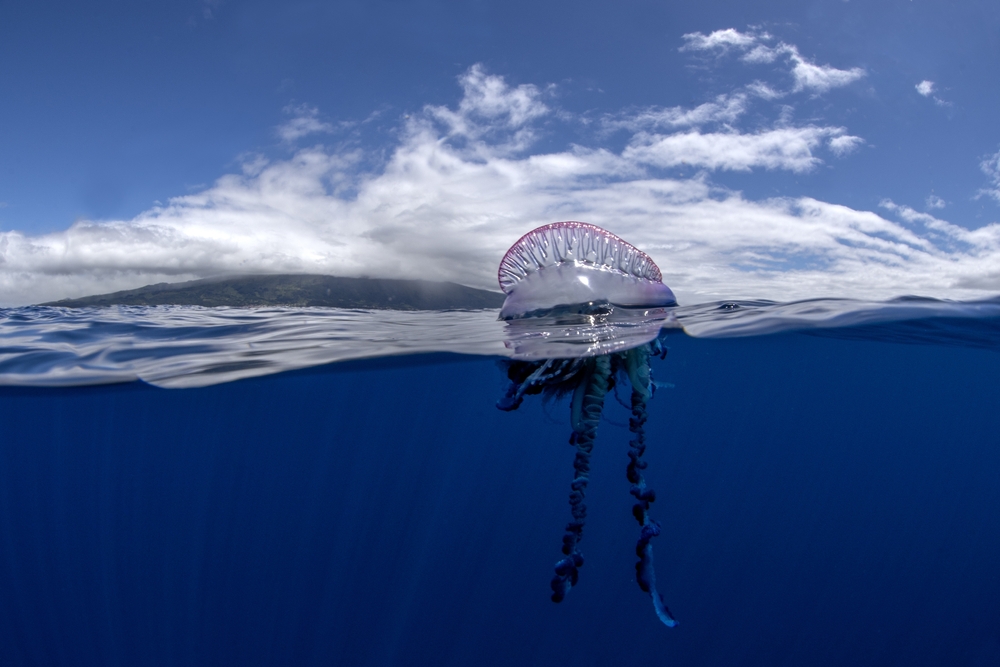
Often mistaken for a jellyfish, this siphonophore operates as a floating colony of organisms working together. Its tentacles, which can extend over 100 feet, are laced with venom that causes intense pain, blistering, and even heart or lung complications in severe cases. Found in oceans worldwide, the Portuguese Man O’ War is as stunning as it is sinister.
4. Lion’s Mane Jellyfish (Cyanea capillata)
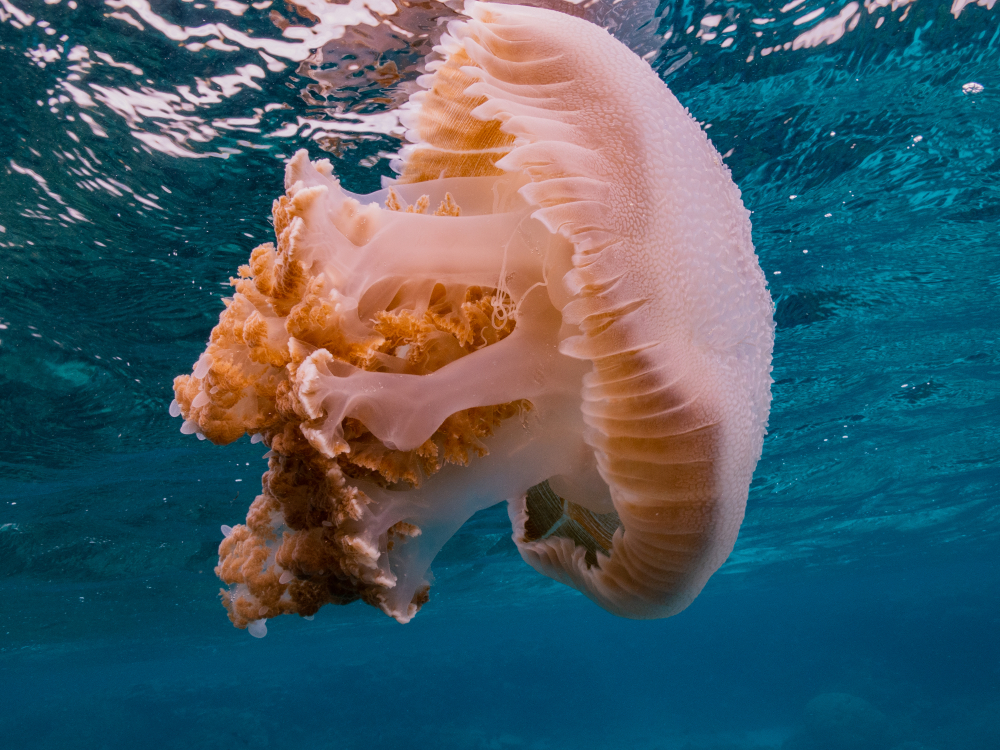
As the largest jellyfish on the planet, the lion’s mane jellyfish can grow tentacles up to 120 feet long. While its sting is rarely fatal, it causes severe pain and skin irritation, and its sheer size makes encounters particularly dangerous. Found in cold waters, including the Arctic and North Atlantic, this jellyfish commands respect and caution.
5. Sea Wasp (Chironex yamaguchii)
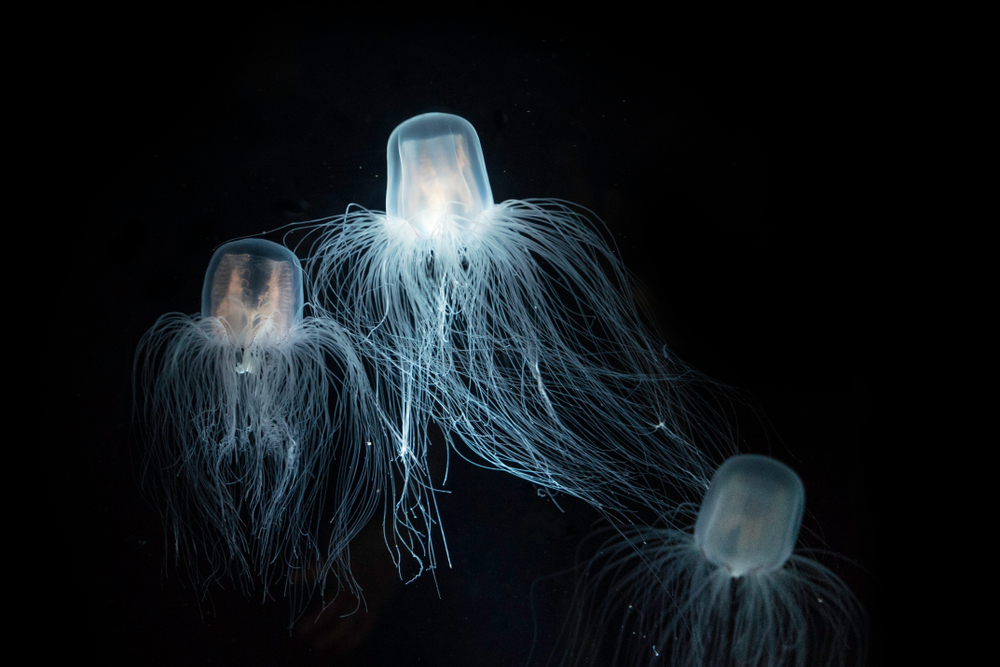
A close relative of the box jellyfish, the sea wasp haunts the coastal waters of Japan and the Philippines. Its venom is one of the most lethal in the world, capable of causing cardiac arrest, paralysis, and death within minutes. Its nearly transparent body makes it almost impossible to spot, adding an extra layer of danger for swimmers.
6. Alatina Alata (Unidentified Irukandji Species)
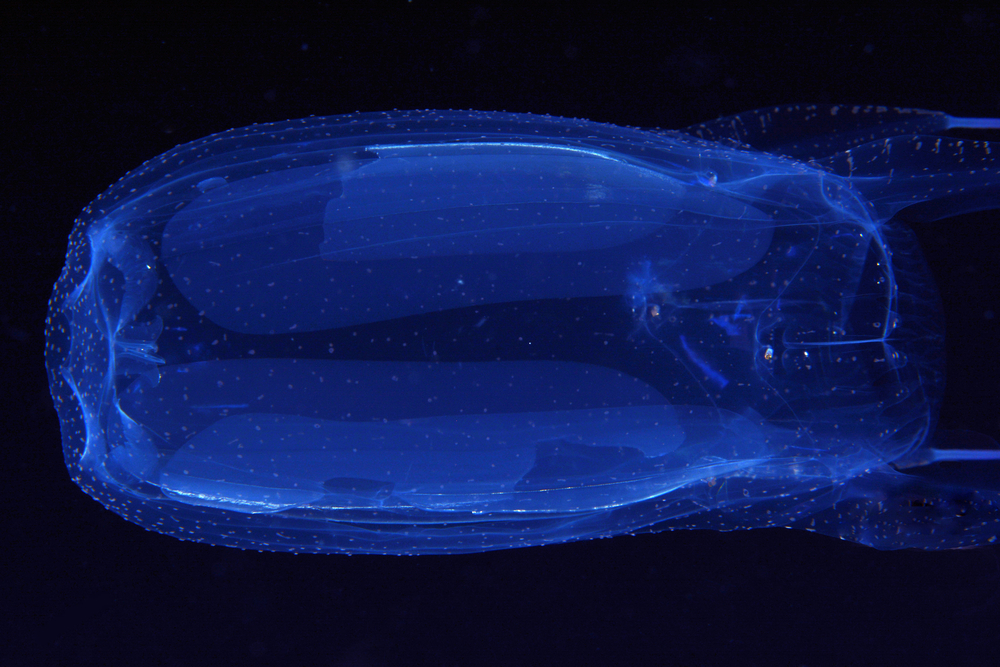
This mysterious jellyfish, sometimes referred to as the “sea wasp of Hawaii,” is known for its Irukandji-like symptoms. Found in tropical waters, its venom causes extreme pain, nausea, and even temporary insanity due to severe neurological effects. While it hasn’t been as thoroughly studied as its Australian cousins, its sting is no less deadly.
7. Mauve Stinger (Pelagia noctiluca)
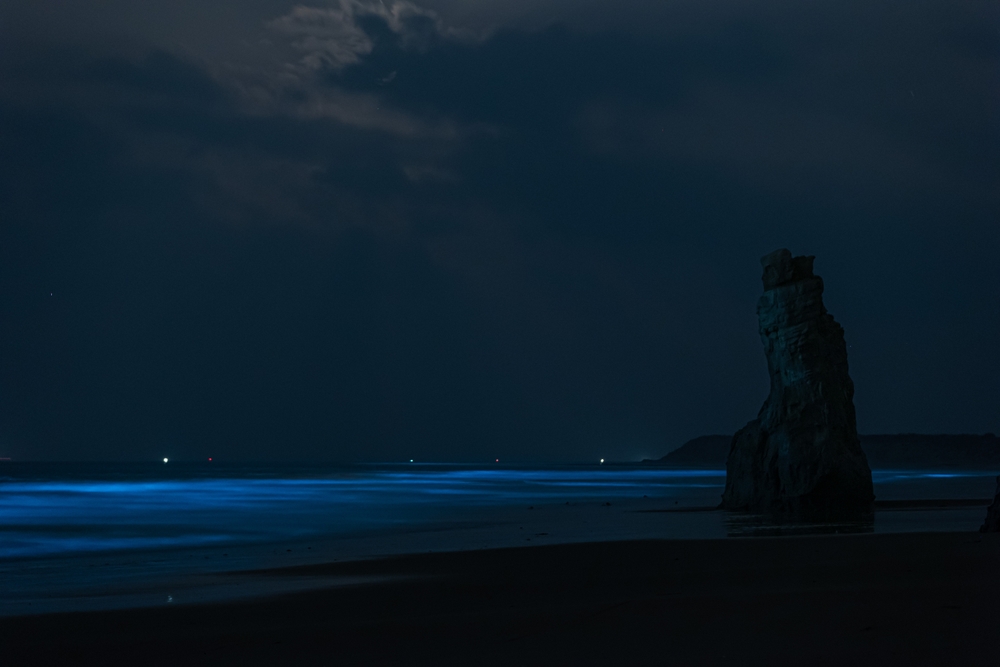
This small but vibrant jellyfish lights up the ocean with its glow. Found in the Mediterranean and the Atlantic, the mauve stinger delivers a painful sting that can cause skin lesions, nausea, and fever. While not typically fatal, its venom is strong enough to send swimmers to the hospital, especially in cases of multiple stings.
8. Australian Spotted Jellyfish (Phyllorhiza punctata)
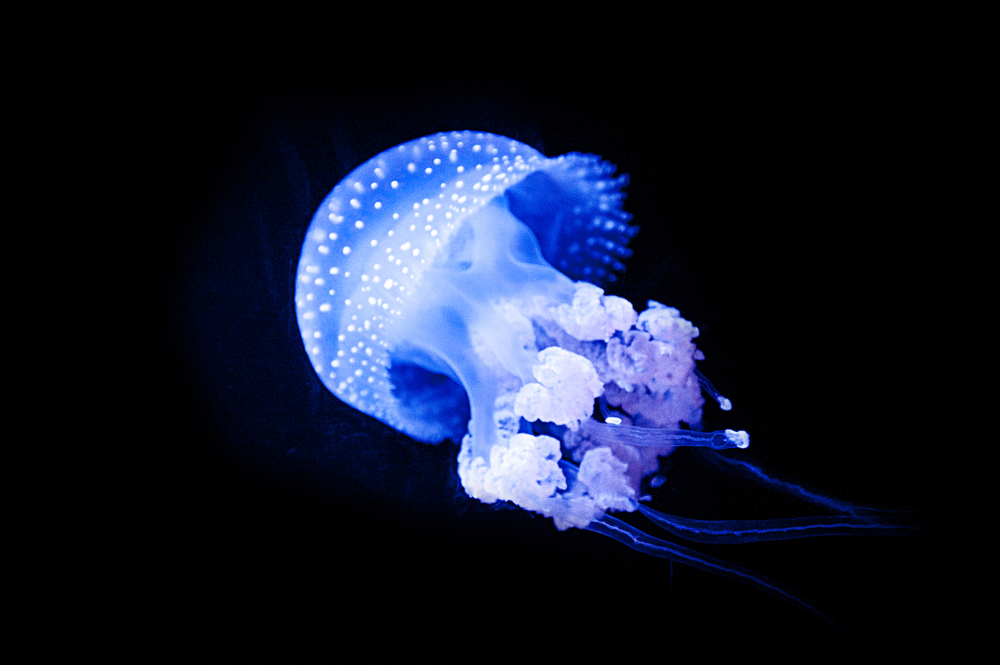
While this species looks harmless with its polka-dotted bell, don’t let its beauty fool you. The Australian spotted jellyfish’s sting contains a venom that can cause skin irritation, pain, and even systemic reactions in those sensitive to its toxins. Found in warm waters, its sting may not be the deadliest, but it’s still worth avoiding.
9. Cannonball Jellyfish (Stomolophus meleagris)
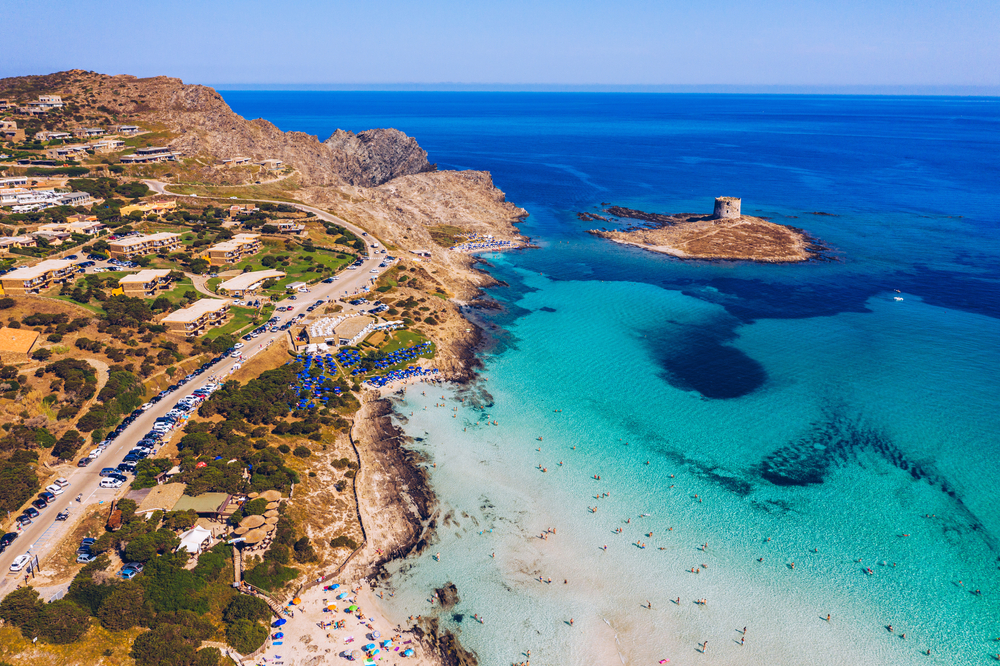
Named for its rounded, cannonball-like shape, this jellyfish is common in the Gulf of Mexico and Atlantic waters. Its sting is mild for humans but deadly to its prey, delivering toxins that can cause severe pain, nausea, and allergic reactions. Fishermen handling them accidentally are often the most affected by its venom.
10. Bluebottle Jellyfish (Physalia utriculus)
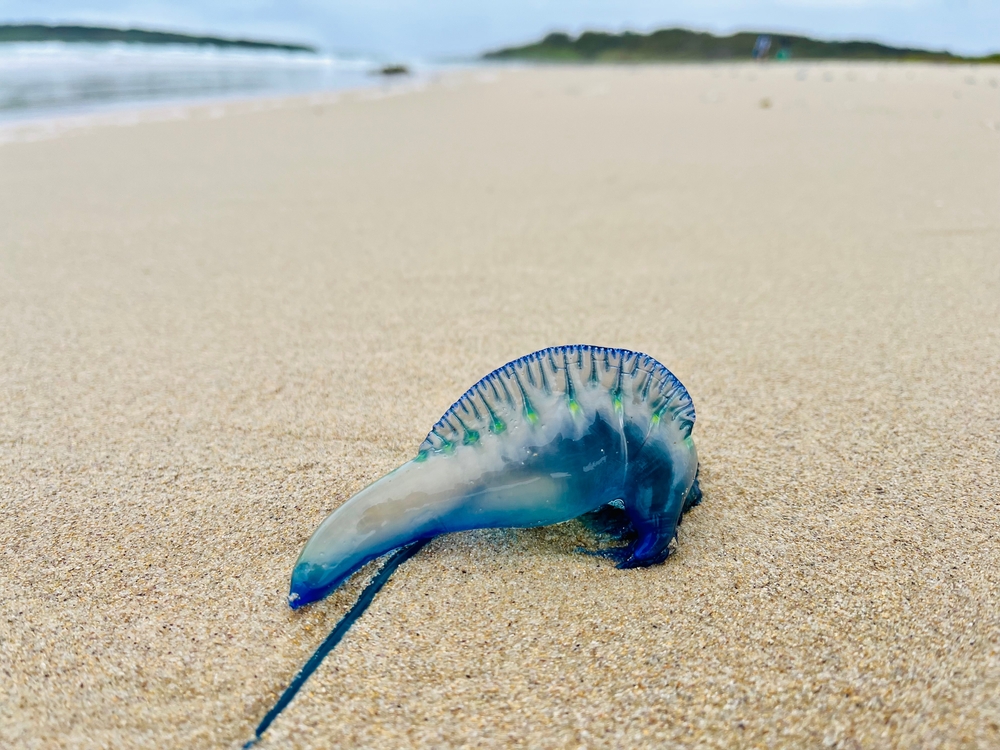
A smaller cousin of the Portuguese Man O’ War, the bluebottle jellyfish floats along tropical and subtropical waters. Its venomous tentacles cause painful welts, nausea, and, in rare cases, anaphylactic shock. Swimmers often mistake its bright blue float for a harmless bubble, only to be met with a sting they won’t forget.
